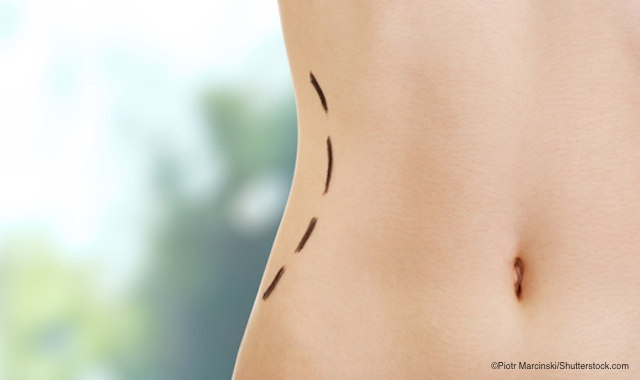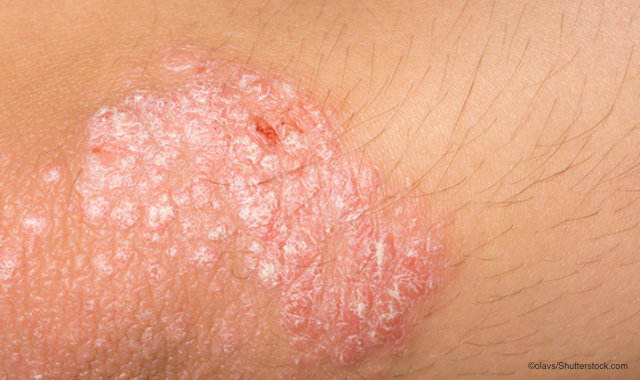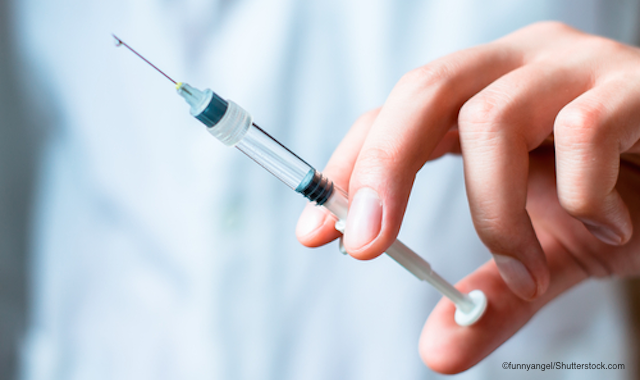- Acne
- Actinic Keratosis
- Aesthetics
- Alopecia
- Atopic Dermatitis
- Buy-and-Bill
- COVID-19
- Case-Based Roundtable
- Chronic Hand Eczema
- Chronic Spontaneous Urticaria
- Drug Watch
- Eczema
- General Dermatology
- Hidradenitis Suppurativa
- Melasma
- NP and PA
- Pediatric Dermatology
- Pigmentary Disorders
- Practice Management
- Precision Medicine and Biologics
- Prurigo Nodularis
- Psoriasis
- Psoriatic Arthritis
- Rare Disease
- Rosacea
- Skin Cancer
- Vitiligo
- Wound Care
Article
Experts note the biggest impacts to derm in 2015
We’re looking back on what made the biggest impacts on dermatology in 2015. This is what your peers had to say.


It’s that time of year again. We’re looking back on what made the biggest impacts on dermatology in 2015. Dermatology Times asked dermatologists around the United States: In your opinion, what was the most interesting or valuable development in dermatology in the last year? This is what they had to say. (You’ll see many agreed on one new treatment.)
Submental fat and injectable melanoma treatment
Christine C. Kim, M.D., Dermatology Institute & Skin Care Center, Santa Monica, Calif.: There were two very different, but both groundbreaking, dermatologic developments in 2015, which exemplifies the very unique nature of dermatology as both a medical and a cosmetic specialty. On the cosmetic front, the FDA approved Kybella (deoxycholic acid, Allergan) for improvement in the appearance of moderate to severe submental fullness via a series of subcutaneous injections. Finally there is an alternative to more invasive techniques such as liposuction to improve the contour of your profile.
Just this past October, the FDA approved the drug Imlygic (talimogene laherparepvec, Amgen), a genetically-modified oncolytic herpes virus therapy, for the treatment of recurrent, unresectable melanoma lesions. Imlygic is injected directly into melanoma lesions of the skin or lymph nodes, where it replicates inside cancer cells causing them to rupture and die. It is novel because it is the first oncolytic viral therapy of its kind approved by the FDA and will hopefully pave the way for other cancer-fighting drugs using viruses.



Non-invasive body sculpting
Bruce E. Katz, M.D., clinical professor, Icahn School of Medicine at Mt Sinai, and director of the Juva Skin & Laser Center, New York, N.Y.: Contouring is the buzz word for 2015, with non-invasive body sculpting treatments like SculpSure [Cynosure], according to Dr. Katz.
Non-invasive treatments are becoming more and more popular for everyone and, especially, with the new generation of millennials. We have only begun to touch the surface. There is still a huge potential in the marketplace for greater demand, and we will continue to see that into 2016. There has always been a huge market for body contouring from the invasive procedures like liposuction, to the minimally invasive, like SmartLipo [Cynosure]. This year, SculpSure was cleared by the FDA. While it is not the first in fat reduction… it has become the best. Similar to the iPhone, they perfected what the other companies have not in terms of technology.



Draw for male demographic
Jeanine B. Downie, M.D., director, Image Dermatology, Montclair, N.J.: Specifically for Kybella, we are extremely excited by all the new male and female patients that [treatment] is pulling into our practices. It is consistent, it works well and the patients are delighted with the results. In my opinion, this is the most valuable development in dermatology this past year because it targets and eradicates fat cells. As Americans waistlines are expanding, we need help!
David Bank, M.D., director, The Center for Dermatology, Cosmetic and Laser Surgery in Mount Kisco, N.Y., agrees: Probably the most interesting/valuable development in 2015 was the approval of Kybella. … it has a great appeal for the men, as well as the women, because, just like their female counterparts, men can be in good shape, yet genetically have that fat pad/pocket in that submental area. As this treatment is non-surgical with relatively low downtime, it is a really popular treatment. Winter is also the time to have these treatments, as with everyone wearing turtlenecks and scarves…. This treatment is also permanent, which is a great point for men.



Lip and hand filling
In addition, Dr. Bank says another exciting development is the FDA-approval of Juvéderm Ultra XC [Allergan] for lip filling. Long considered by many dermatologists a first choice for lip filling, it is nice that it is no longer an ‘off-label’ use, but rather has the FDA indication. The FDA approval of Radiesse [Merz] for hand filling is another valuable development. The hands give away a person’s age. And especially with all the rejuvenation of the face, the hands tell the real age. Although it has been done off-label for years, it is now nice to have an ‘on label’ indication that can be discussed openly.



IL-17 inhibitors for psoriasis
Seth J. Orlow, M.D., Ph.D., professor of pediatric dermatology and chair of dermatology at NYU Langone Medical Center, New York, N.Y.: 2015 was a year of significant therapeutic developments in our specialty. Secukinumab, approved in 2015 for the treatment of psoriasis, represents the first of a series of inhibitors of IL-17 action that are in development, and sets new efficacy standards. And adalimumab, already so familiar to dermatologists as an effective treatment for psoriasis, was approved for the treatment of hidradenitis suppurative. An approved treatment that works well at least for some patients with HS was woefully needed, and it is great that the need for a treatment was recognized by the FDA. And finally, on the cosmetic side, two treatments are now available for submental fat, deoxycholic acid (approved as an injected drug) and cryolipolysis (cleared as a device).



Oral and injectable skin cancer therapy
Janet H. Prystowsky, M.D., who practices in New York, N.Y.: Oral and injectable skin cancer treatments are definitely 2015’s most valuable development in dermatology. Several for metastatic melanoma and inoperable basal cell carcinoma are real advances. Even Jimmy Carter, a former President of the United States, has recently been helped!



Hybrid fractional laser therapy
Elizabeth Tanzi, M.D., of Capital Laser & Skin Care, Chevy Chase, Md., and clinical professor of dermatology at George Washington University Medical Center: The interesting development in 2015 is Sciton’s HALO hybrid laser, according to Dr. Tanzi.
The key difference of Sciton's HALO hybrid laser is that it offers more improvement per session over traditional non-ablative fractional resurfacing, with a similar recovery profile and less discomfort with treatment. We can customize treatments for multiple skin conditions such as dyspigmentation, enlarged pores, fine lines and wrinkles and rough texture. The advantage[s] of manageable recovery, good results with only one to two treatments and less discomfort have all made the HALO system a very popular rejuvenation procedure in my practice.
Disclosures:
Dr. Kim: None
Dr. Katz: None
Dr. Downie: None
Dr. Bank: None
Dr. Orlow: None
Dr. LaTowsky: did clinical trials for Sebacia.
Dr. Tanzi: member of Sciton's Strategic Advisory Board.
Dr. Kazin: a principal investigator in Kybella research.
Dr. Prystowsky: none
Newsletter
Like what you’re reading? Subscribe to Dermatology Times for weekly updates on therapies, innovations, and real-world practice tips.















